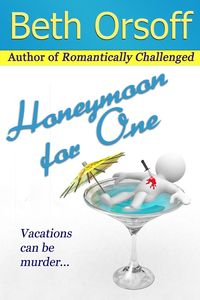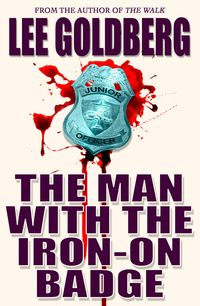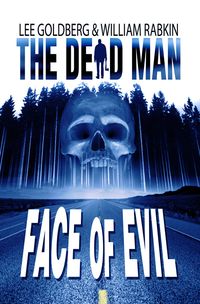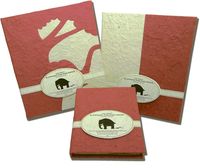 Mid-list novelist Beth Orsoff talks on her blog about how she turned a disappointing (and all too familiar) experience at a big six publisher into success as a self-published author:
Mid-list novelist Beth Orsoff talks on her blog about how she turned a disappointing (and all too familiar) experience at a big six publisher into success as a self-published author:
My first book, “Romantically Challenged” was published in April 2006, approximately six months after the chick lit markettanked. I had a small print run, no publisher support, and, not surprisingly, my book was not a huge success (massive understatement)[…]While I was waiting for “Romantically Challenged” to be published I wrote another book, also chick lit. NAL elected not to option it and my agent started sending it to other publishers.
When that book, and a couple of others, failed to sell, she got the rights back to "Romantically Challenged" and put it,along with several of her unsold manuscripts, on the Kindle and the Nook.
Thanksgiving weekend I uploaded all three books to B&N via their PubIt program. I sold 9 books at B&N in November. In December I sold 500 books at B&N. In January 2011 I sold almost 7000 books at B&N. Between Amazon and B&N, I sold over 13,000 books in January. Will I continue to sell books at that rate? I don’t know. But I’ve already had much more success as a self-published author than I ever did as a traditionally published author, plus I get to write the books I want to write, choose my own covers, and publish on my schedule, not someone else’s.
I am hearing stories like hers every day…especially in the wake of my first "Midlist to E-List" post… and its inspiring. It used to be that when a midlist author was dropped, it was a living hell getting published again because your lukewarm sales figures would follow you wherever you went. Reinventing yourself with a new novel and a new voice was also a steep, uphill climb.
But now, for the first time ever, midlist authors not only have an alternative, but one that could actually be more lucrative and perhaps more creatively fullfilling, than sticking with their publishers. For the first time, a midlist author doesn't have to take a crappy deal just to stay in print…or feel like a literary leper when they have been dropped.
These are exciting times.
 THE MAN WITH THE IRON-ON BADGE is by far my most critically-acclaimed book, but the ebook sales aren't as good as I think they could be. My theory is that the clunky title is to blame. So I'm seriously considering retitling the book and coming up with a new cover. The stage play version of the book was called MAPES FOR HIRE, but I'm not wild about that title, either.
THE MAN WITH THE IRON-ON BADGE is by far my most critically-acclaimed book, but the ebook sales aren't as good as I think they could be. My theory is that the clunky title is to blame. So I'm seriously considering retitling the book and coming up with a new cover. The stage play version of the book was called MAPES FOR HIRE, but I'm not wild about that title, either. 





